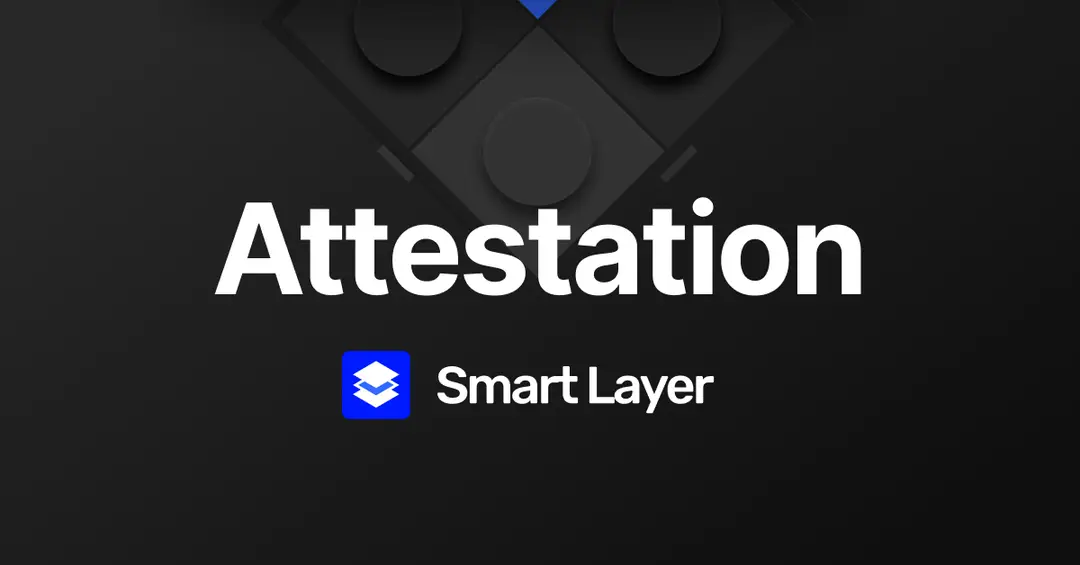Back
Data Availability Committee (DAC)
Arbitrum
By HackQuest
May 16,20242 min readWelcome to the Web3 world, where digital finance and applications are shown in a revolutionary way through the fusion of blockchain technology, cryptocurrencies, and a pioneering spirit. Are you overwhelmed by the wealth of terms in the Web3 world that you don’t understand? Are those slangs barriers for you to learn about Web3? Don’t worry! We’re here to explain the obscure terms to guide your learning. Today, we're diving into an exciting development in the world of Web3: [Data Availability Committee].
Role and Functionality
The primary role of a Data Availability Committee is to monitor, store, and possibly attest to the availability of data necessary for verifying transactions that have been processed off-chain. This is crucial in scenarios where the blockchain leverages technologies such as rollups or sidechains, which rely on data being available to maintain security and operability.

Source: Moralis
How It Works
1.Storage of Data: Members of the DAC are responsible for securely storing data that is processed off-chain. This ensures that even if some nodes fail or act maliciously, the integrity and availability of the data are maintained.
2.Attestation: DAC members generate cryptographic proofs (e.g., signatures) to attest to the availability of the data. These proofs can be used to generate a Data Availability Certificate, which is then used to guarantee to the rest of the network that the data is indeed accessible.
3.Decentralization and Redundancy: Typically, the committee is composed of a diverse and decentralized group of validators to reduce the risk of collusion and ensure that no single point of failure can compromise data integrity.

Source: Medium
Importance in L2 Scaling
The existence of a DAC is critical in many L2 scaling solutions because it addresses one of the key challenges known as the "data availability problem." This problem arises when only a subset of transaction data is processed off-chain and not fully recorded on the main blockchain. In such cases, there needs to be a reliable mechanism to ensure that all necessary data to verify transactions is available to anyone in the network. Without such a mechanism, users could be unable to verify the state or validity of transactions, leading to potential fraud and security risks.
Example of L2 Scaling
One example of where a Data Availability Committee might be used is in Optimistic Rollups, an L2 scaling solution. In Optimistic Rollups, transaction data is processed and stored off-chain, while only the transaction hashes and some minimal data are submitted to the main blockchain. The DAC would ensure that the full transaction data is available for any participant, especially important during the challenge period of these rollups, where users can contest the validity of posted transactions.
Conclusion
In summary, a Data Availability Committee enhances the security and robustness of blockchain networks, particularly those utilizing L2 solutions, by ensuring that all necessary data is accessible for transaction verification and dispute resolution. This mechanism supports the scalability of blockchains while maintaining their decentralized and transparent nature.